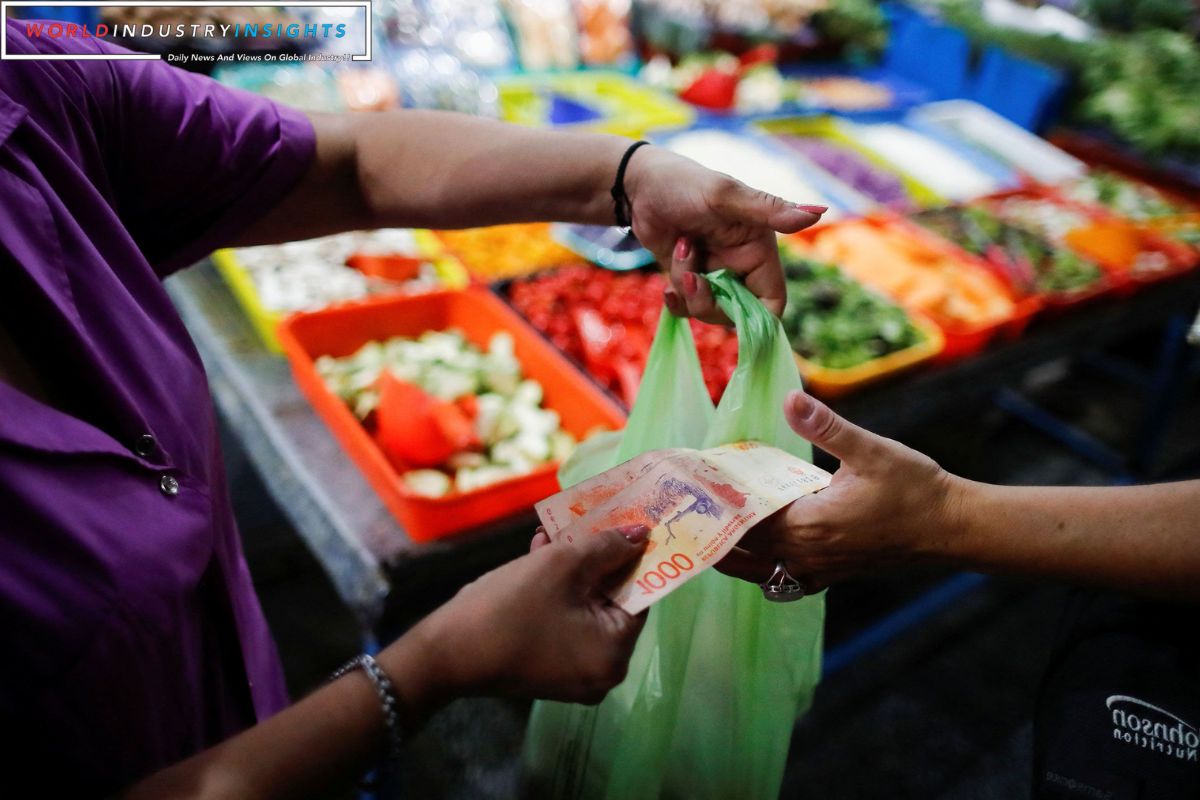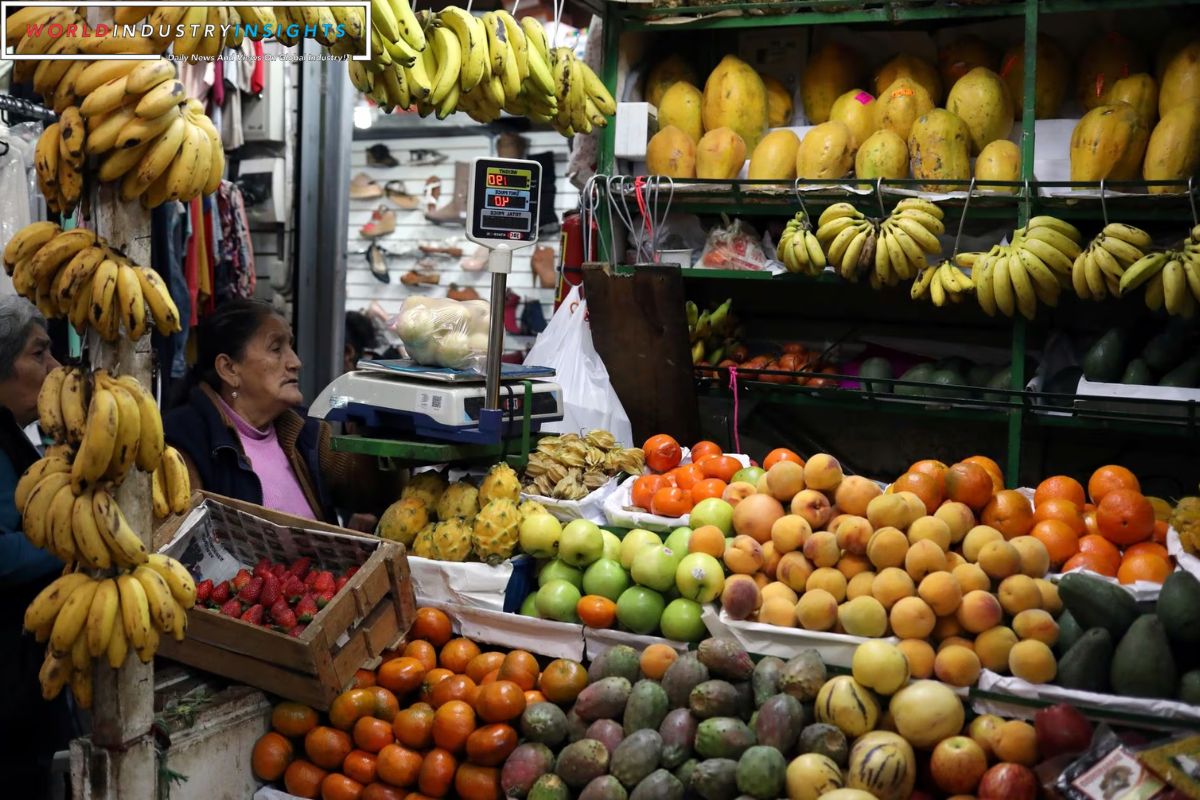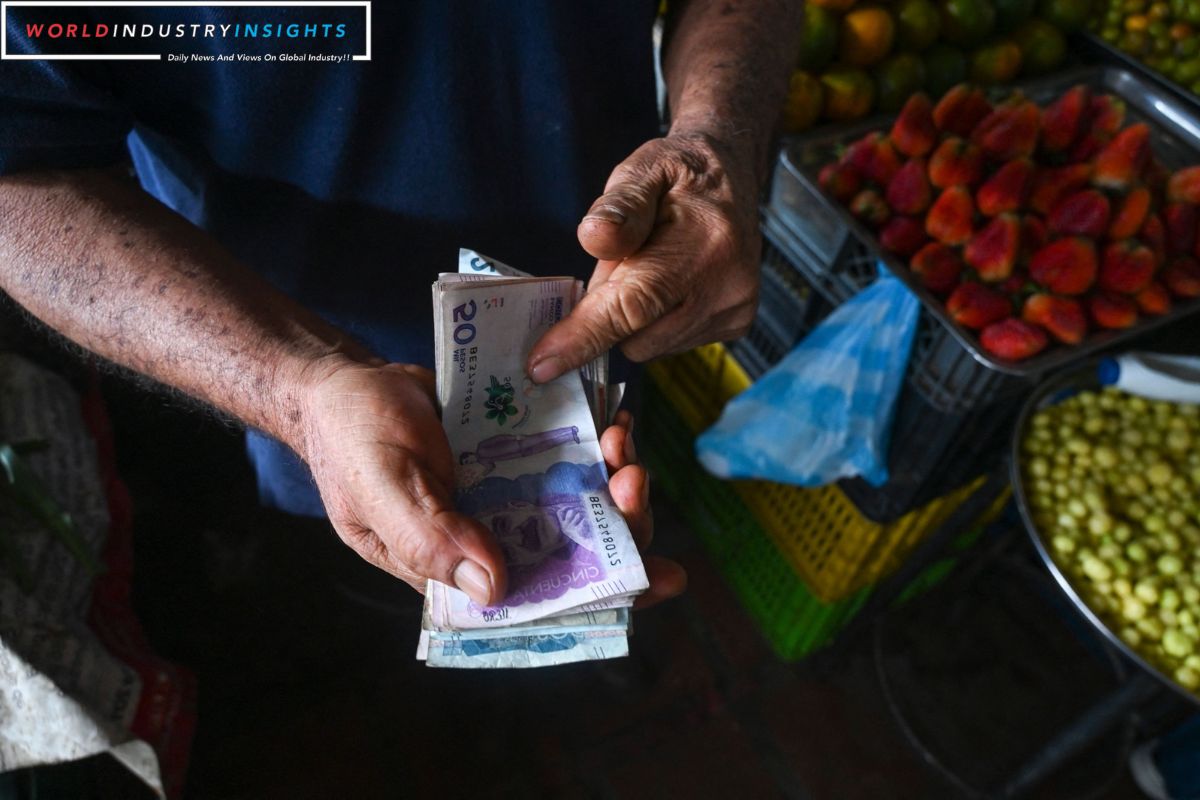Inflation Milestone: Peru’s recent achievement of a 3.24% inflation rate sets a positive tone for the country’s economic outlook in 2024. This milestone reflects a remarkable recovery after a tumultuous period of economic uncertainty.
However, while this achievement is undoubtedly commendable, it is essential t0 deeper into the underlying factors contributing to this success and analyze the potential challenges that lie ahead. By examining the trends in inflation and comparing them to analysts’ predictions, we can gain valuable insights into Peru’s economic resilience.
Moreover, considering the broader regional context and future economic management will provide a comprehensive understanding of Peru’s position in the global economy.
As we embark on this exploration, we will uncover the intricate dynamics that have shaped Peru’s inflation rate and the implications they hold for its economic prospects.
Key Takeaways
- Peru achieved a low inflation rate of 3.24% in 2023, surpassing expectations and indicating a faster recovery.
- The country’s effective policies and monetary measures contribute to its low inflation rate, instilling confidence in investors and attracting further investment.
- The potential impact of the El Nino weather phenomenon, reduced private investment in sectors like mining, and anti-government protests pose challenges to Peru’s economic stability and growth.
- Analysts’ predictions of an inflation rate exceeding 4% for Peru in 2023 were proven wrong, highlighting the effectiveness of government and central bank measures in controlling inflation.
Peru’s Remarkable Economic Recovery
Peru’s impressive economic recovery has positioned the country as a beacon of stability and resilience in the region. The remarkable achievement of concluding 2023 with a remarkably low inflation rate of 3.24% underscores Peru’s commitment to economic growth and sound fiscal management.
Also Read: Singapores Core Inflation Eases to 3.2% in November: A Closer Look
This positive outcome not only surpassed the revised forecast but also exceeded expectations by indicating a faster recovery than initially anticipated. With one of the lowest inflation rates in Latin America, Peru stands out as a testament to its effective policies and prudent monetary measures.
This milestone sets a positive tone for 2024, instilling confidence in investors and demonstrating Peru’s ability to weather economic challenges. As the nation continues on this path of recovery, it is poised to attract further investment and foster sustainable development.
Economic Challenges on the Horizon
In the face of Peru’s impressive economic recovery, there are several economic challenges on the horizon that demand careful consideration and strategic planning.
One of these challenges is the potential impact of the El Nino weather phenomenon. If a stronger El Nino occurs in 2024, it could bring complications to inflation control, as cautioned by the Central Bank.
Additionally, reduced private investment in sectors like mining is another concern. This decline in investment could hinder the country’s economic stability and development.
Furthermore, the specter of anti-government protests looms over Peru, posing a threat to political stability and potentially disrupting economic activities.
To overcome these challenges, it is crucial for Peru to adopt a proactive approach, focusing on diversifying the economy, attracting investment, and addressing social and political issues effectively.
Only through strategic planning and careful consideration can Peru ensure continued economic growth and stability in the face of these challenges.
In-Depth Analysis of Inflation Trends
While navigating the economic challenges on the horizon, it is essential to conduct an in-depth analysis of Peru’s inflation trends to gain a comprehensive understanding of the country’s current economic landscape.
The recent data reveals some intriguing insights regarding inflation in Peru:
- December witnessed a modest increase of 0.41% in consumer prices, primarily driven by the metropolitan area of Lima.
- This is a remarkable contrast to the significant 8.66% surge experienced in January 2023, underscoring the notable achievement of ending the year with a 3.24% inflation rate.
- Analyzing the factors behind this decline is crucial, as it allows us to assess the effectiveness of economic policies and their impact on price stability.
- Understanding inflation trends is vital for businesses and investors, enabling them to make informed decisions regarding pricing strategies and investment opportunities in Peru.
Analysts’ Predictions vs. Reality
How did analysts’ predictions compare to the reality of Peru’s inflation rate in 2023?
According to the article, analysts from BBVA had predicted an inflation rate exceeding 4% for the year. However, the actual figure turned out to be 3.24%, which was lower than expected.
This discrepancy between the predictions and reality suggests a more positive economic outlook for Peru than initially anticipated. It highlights the importance of considering both projections and actual outcomes in economic analysis.
The lower-than-expected inflation rate indicates that the country’s economy may be performing better than predicted, with potential benefits for businesses and consumers alike. It also indicates that the measures taken by the government and the central bank to control inflation have been effective.
Moving forward, it will be interesting to see how these predictions and realities shape the economic landscape of Peru in 2024 and beyond.
Broader Regional Context and Future Economic Management
The contrasting inflation rate in Peru compared to analysts’ predictions sets the stage for a broader regional analysis and the future economic management of the country. As the regional context, it becomes evident that Peru’s economic achievements are not isolated but are part of a larger narrative in Latin America. Here are four key points to consider:
- Pope Francis’s criticism of the Nicaraguan government highlights the political and social challenges faced by countries in the region.
- Economic updates from Venezuela and Colombia showcase the contrasting paths these nations are taking, with Venezuela struggling under hyperinflation while Colombia experiences more stability.
- The recent death of Venezuelan media mogul Gustavo Cisneros reminds us of the impact that influential figures can have on a country’s economy.
- Peru’s success in managing inflation underscores the importance of careful economic management in the face of ongoing challenges and uncertainties.
Conclusion Of Inflation Milestone
Peru’s achievement of a 3.24% inflation rate sets a positive tone for the country’s economic prospects in 2024. Despite facing economic challenges, Peru has demonstrated a remarkable recovery, highlighting its resilience and potential for growth.
An in-depth analysis of inflation trends reveals the effectiveness of economic management strategies. While analysts’ predictions sometimes differ from reality, Peru’s performance suggests a promising future.
Considering the broader regional context, Peru’s ability to navigate economic challenges will be crucial for sustained growth and prosperity.
Our Reader’s Queries
What is the 2023 inflation rate?
The 12-month percentage change in the consumer price index for November 2023 showed a 3.1 percent increase compared to the same month in 2022. This data reflects the monthly inflation rate for goods and services in the United States, based on city averages.
When did inflation become a thing?
Throughout the history of money, inflation has been a recurring phenomenon. The earliest recorded instance of inflation dates back to 330 BCE in Alexander the Great’s empire. Despite its prevalence, inflation remains a complex economic concept that continues to impact global markets and individuals’ purchasing power.
Which president had the highest inflation rate?
During his presidency from 1977 to 1981, Jimmy Carter oversaw the highest GDP growth compared to President Joe Biden’s current term, with a difference of over 1%. However, his tenure also saw the highest inflation rate and the third-highest unemployment rate. In terms of poverty rates, Carter falls in the middle of the pack.
What is the inflation cycle?
The inflation rate is influenced by the different stages of the business cycle, which is the natural ebb and flow of economic growth. This cycle is closely tied to a country’s gross domestic product (GDP), which tracks the total output of goods and services within its borders. As the GDP experiences highs and lows, so too does the inflation rate. Understanding this relationship is crucial for businesses and policymakers alike.




